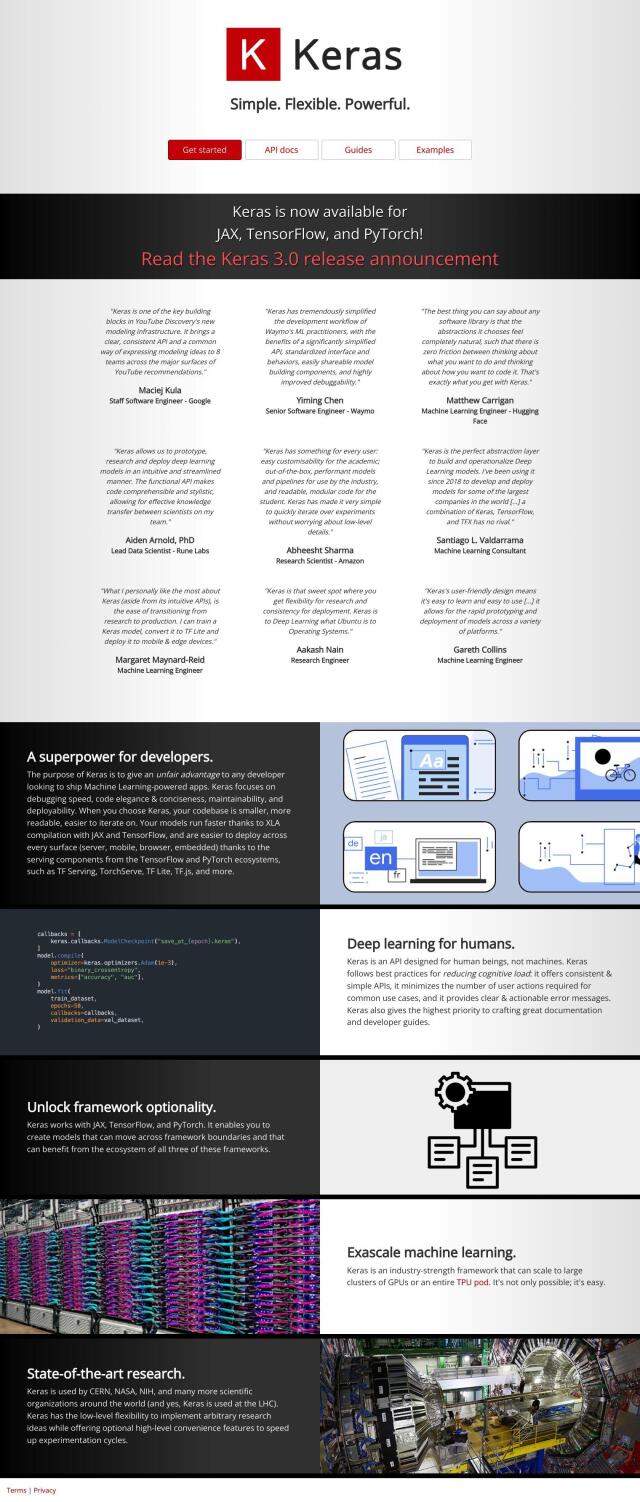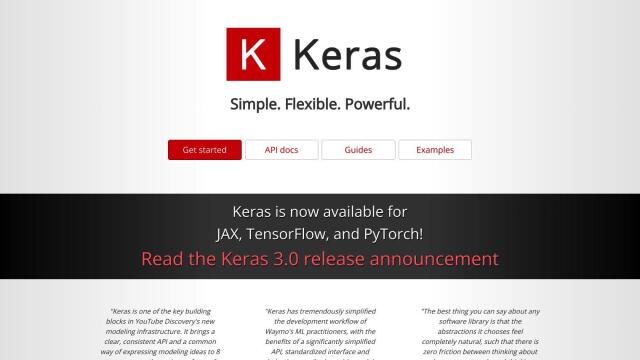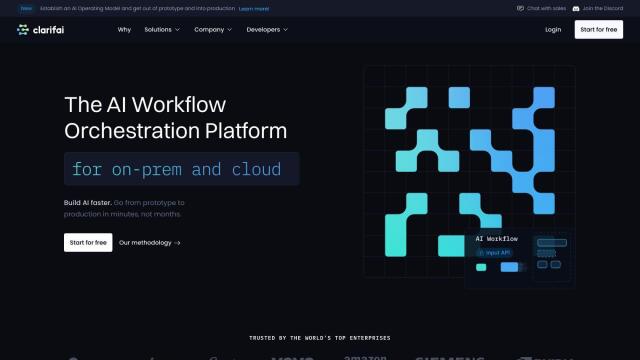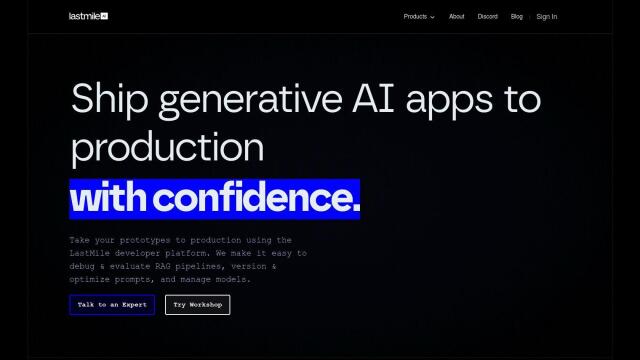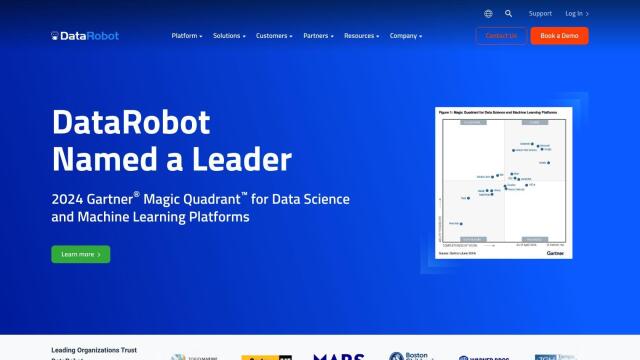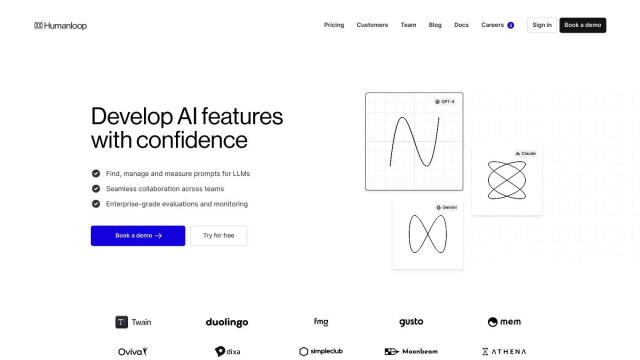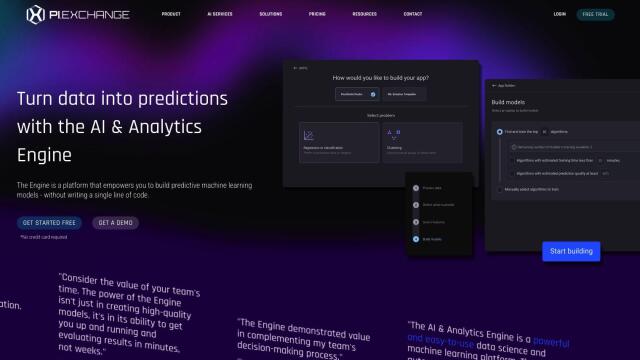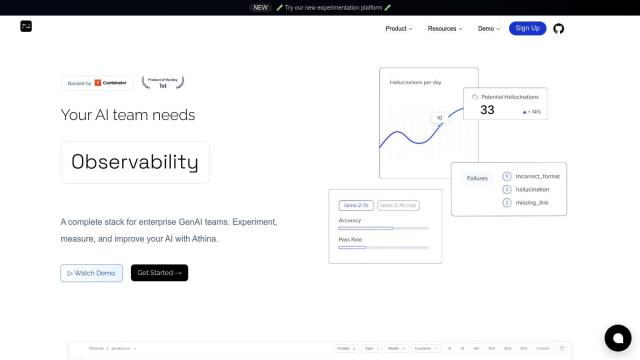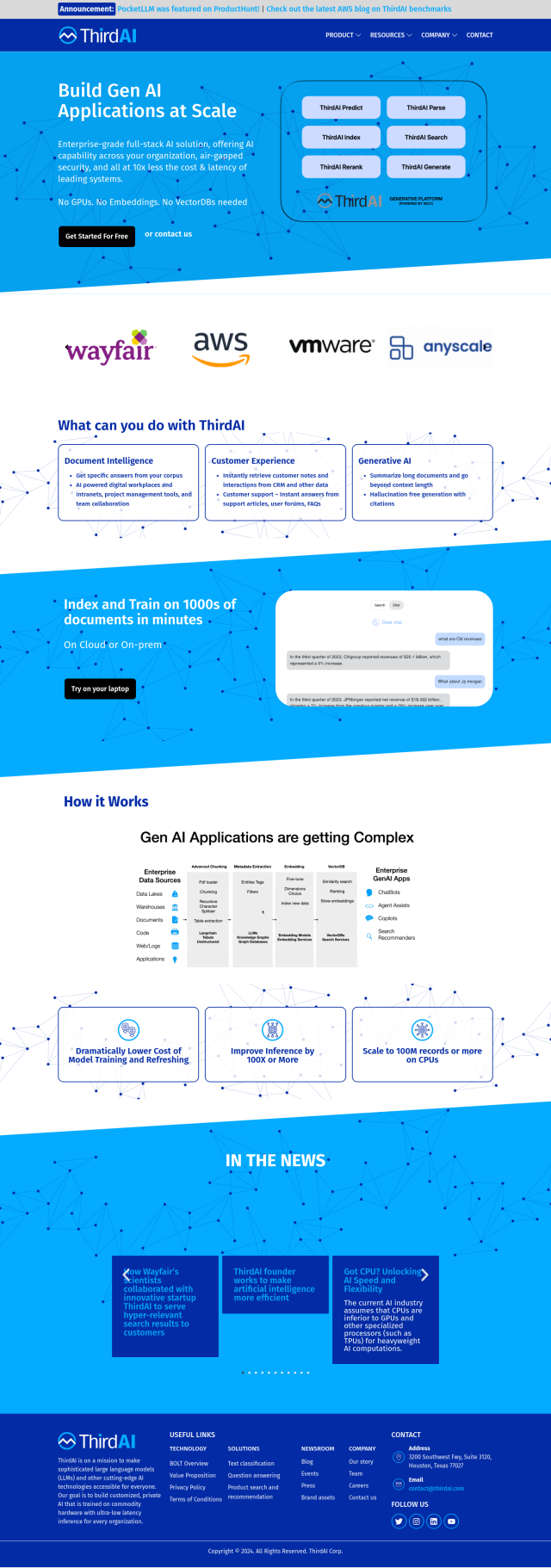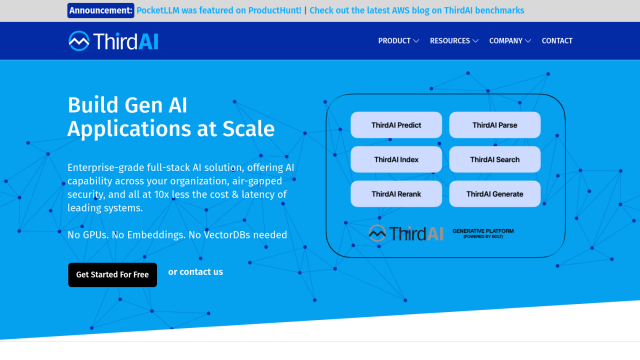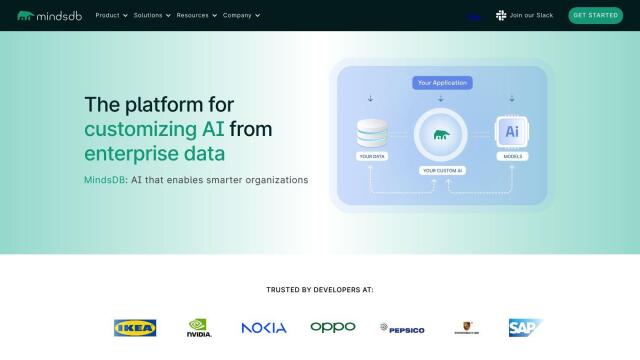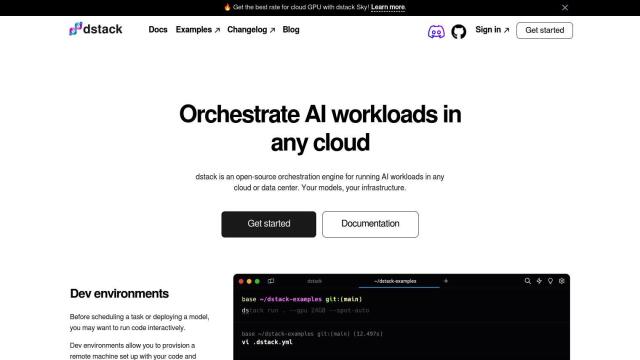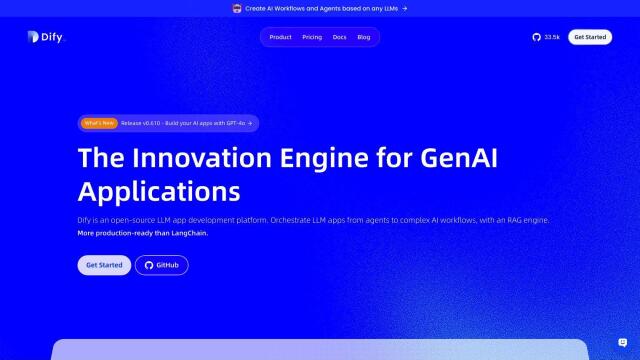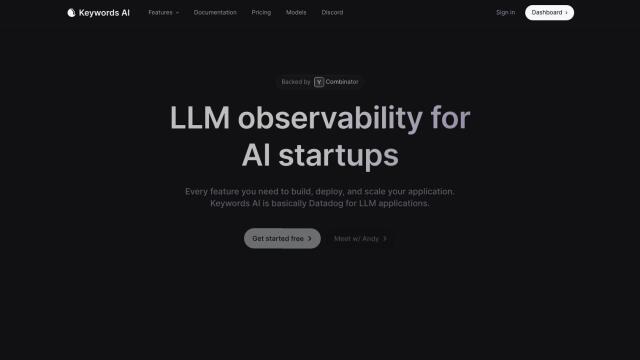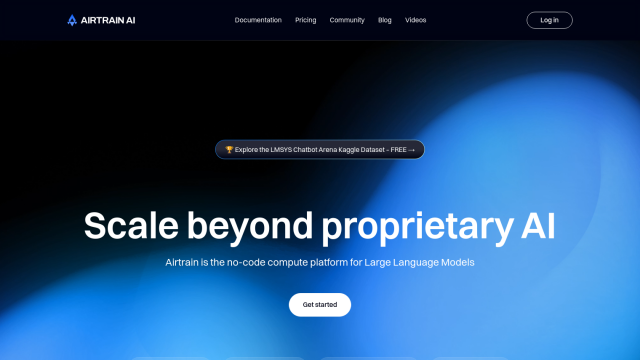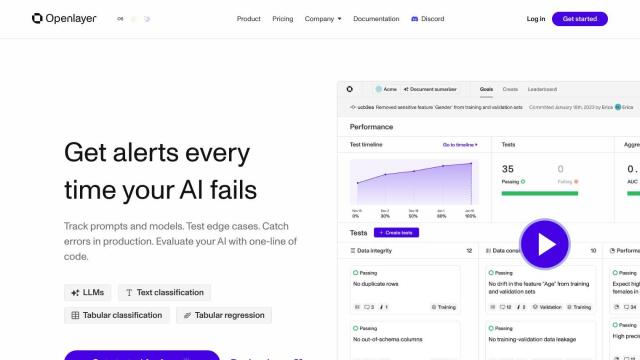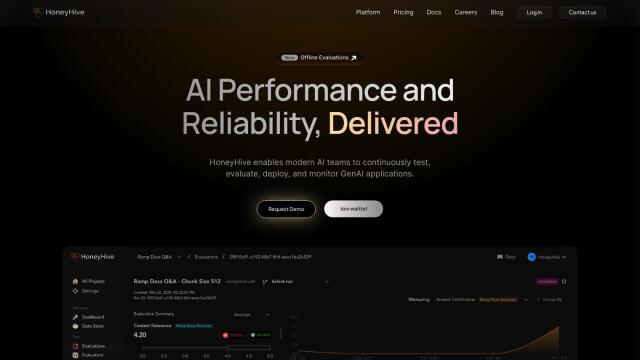
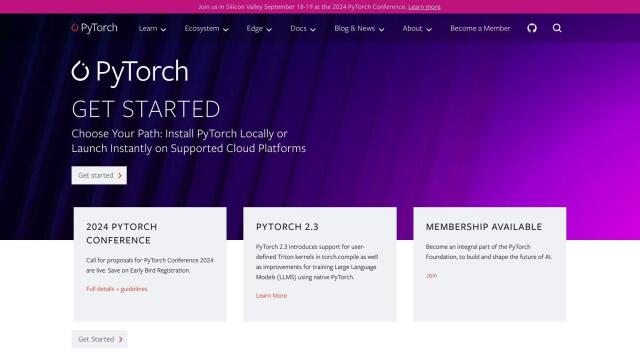
PyTorch
If you're looking for a Keras alternative, PyTorch is a popular choice. It offers fast experimentation and production with a high-level front-end and distributed training abilities. PyTorch can be used for a variety of tasks, from rapid prototyping to large-scale production workloads, and it comes with a wealth of libraries and tools, including support for the ONNX format and a C++ front-end for high-performance work.


TensorFlow
Another top contender is TensorFlow. The open-source software offers a flexible environment with multiple levels of abstraction, including the high-level Keras API, eager execution for rapid iteration, and the Distribution Strategy API for distributed training. TensorFlow can be used for a variety of tasks, including on-device machine learning and graph neural networks, and it offers tools to accelerate modeling and deployment, making it good for beginners and experts.

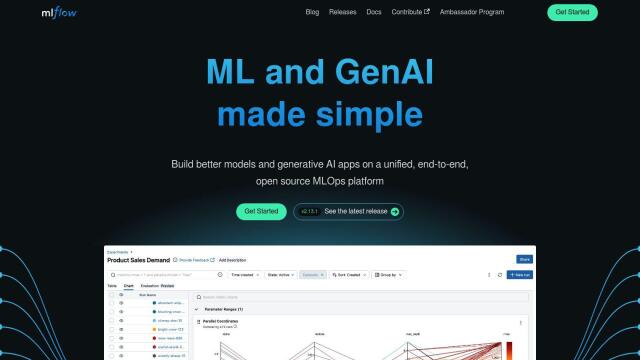
MLflow
If you want a full MLOps package, MLflow is a good choice. It makes it easier to develop and deploy machine learning and generative AI projects by providing a unified environment for managing the entire ML project lifecycle. MLflow supports popular deep learning frameworks like PyTorch and TensorFlow, and offers a wealth of resources for experiment tracking, model management and workflow optimization.
